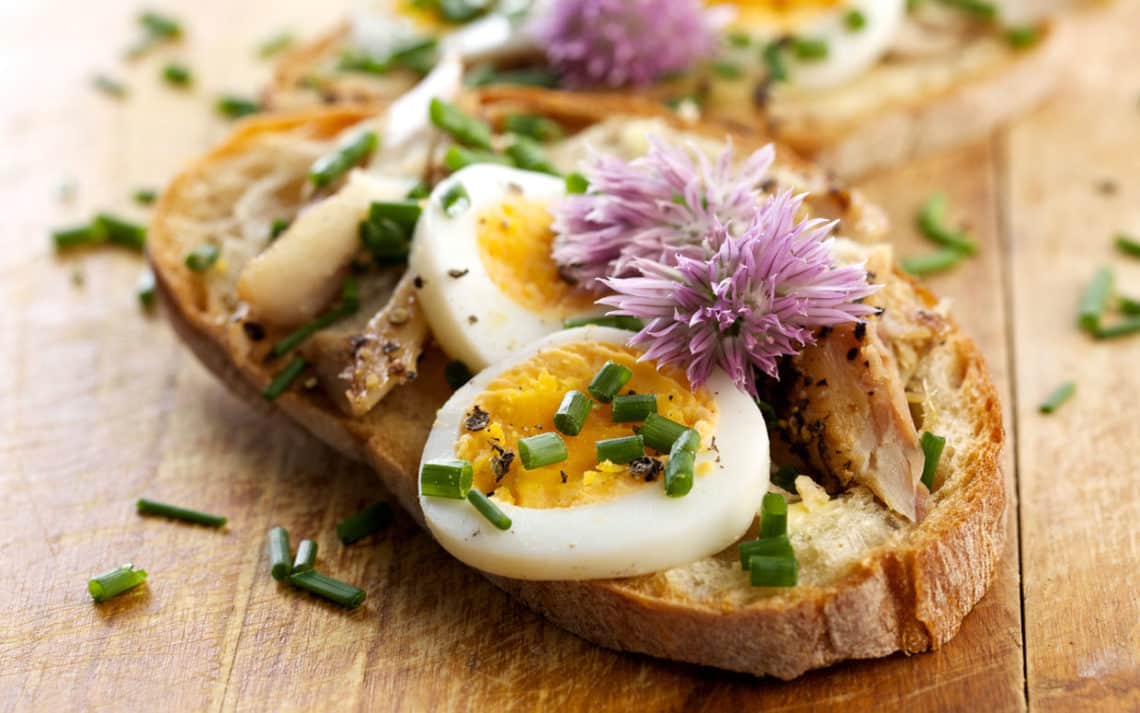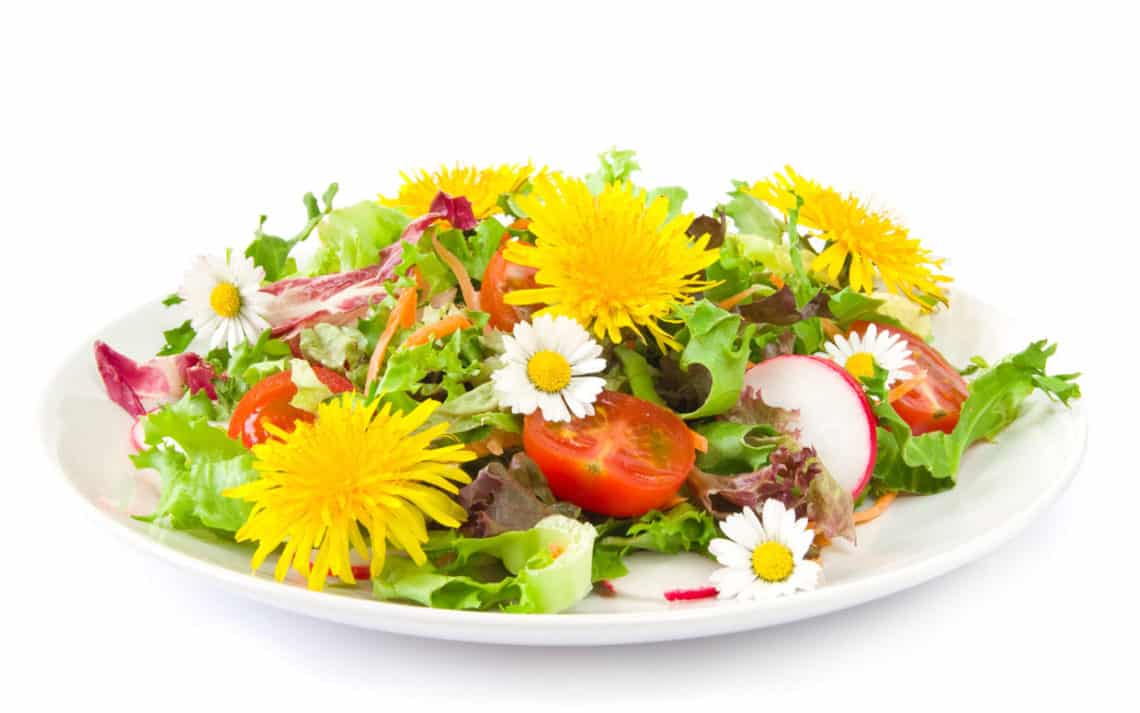The next time you see a rose in the garden, rather than stopping to smell it, try taking a bite. Roses are one of many tasty edible flowers worth trying.
If eating flowers seems odd to you, consider this: We consume the seeds, foliage, fruits, and even roots of plants, so why not the flowers? And if you really want to get technical, when you eat fruit, you are essentially eating flowers, because all fruit starts with a flower.
Not all blooms are edible, but many are. They make delightful additions to salads and stir-fries, and they can even be candied and used to top baked goods.
The following tips will help you enjoy edible blooms:
Experiment. Like all foods, edible flowers vary greatly in taste, so be adventurous and try a wide variety of them. Some, like roses, are mild, while nasturtiums have a spicy, radish-like taste. Certain flowers are sweet, like honeysuckle and pansy, and others are markedly floral, like lavender.
Additional tasty edible flowers to try include fennel blooms, zucchini blossoms (which are excellent stuffed with meat or cheese), hibiscus, calendula, borage, viola, Johnny Jump-up, anise hyssop, dianthus, dandelion, lilac, and pineapple sage.
Use caution. Ensure beyond a shadow of a doubt that a flower is edible before eating it. Some flowers, such as foxglove and sweet peas, are highly toxic, so correctly identifying the blooms is crucial. Also avoid any flowers that have been sprayed with pesticides or chemical fertilizers, as you will end up ingesting them with the flowers.
Let your imagination soar when using edible flowers. Besides adding them to salads and stir-fries, edible flowers can be put in casseroles, omelets, and quiches. It’s also fun to use them to make flavored vinegars and butters.
Flavor sugar with lilac and lavender. Add the flowers to your sugar bowl, and your tea and coffee will have fragrant floral undertones. Some flowers are also particularly tasty when candied, such as pansy and viola.
Harvest edible flowers just prior to using them, as most soon wilt. While clipping the blooms, avoid exposing them to the sun, as this will cause them to quickly deteriorate.
Right before eating or using edible flowers, wash them under a gentle stream of cool water at the kitchen sink. Shake the excess water off and place them on paper towels to drain. If harvested ahead of time, store the flowers with their stems in water in the refrigerator.
Julie Bawden-Davis is a garden writer and master gardener, who since 1985 has written for publications such as Organic Gardening, Wildflower, Better Homes and Gardens and The Los Angeles Times. She is the author of seven books, including Reader’s Digest Flower Gardening, Fairy Gardening, The Strawberry Story Series, and Indoor Gardening the Organic Way, and is the founder of HealthyHouseplants.com.


